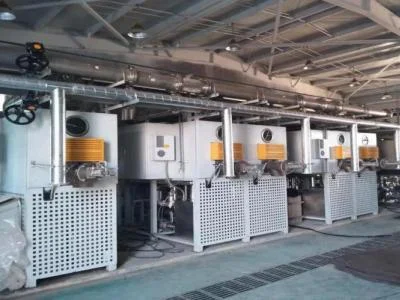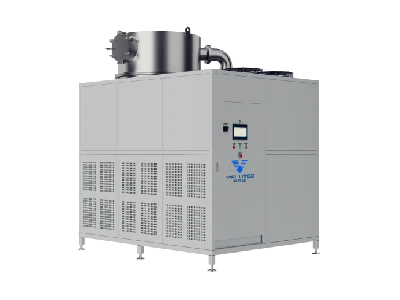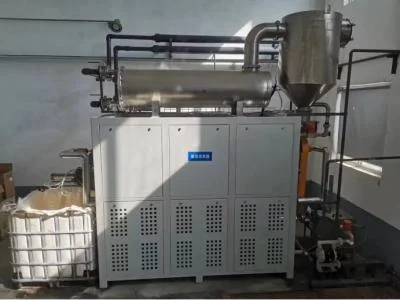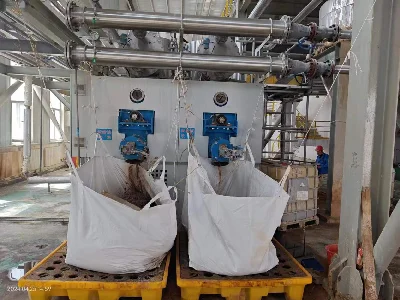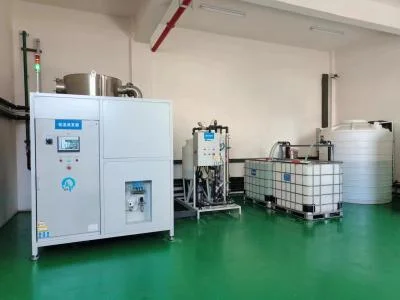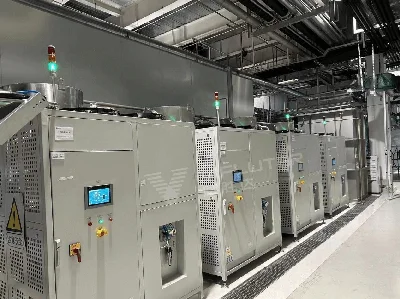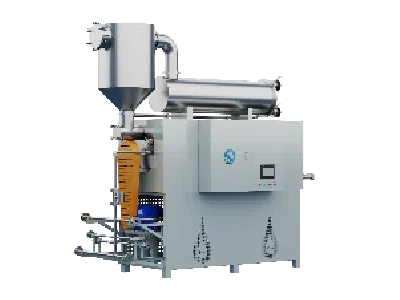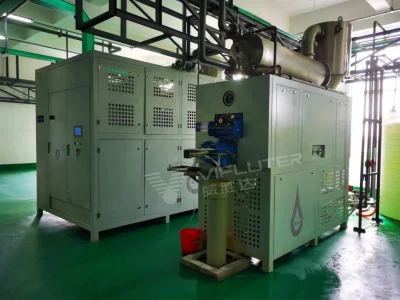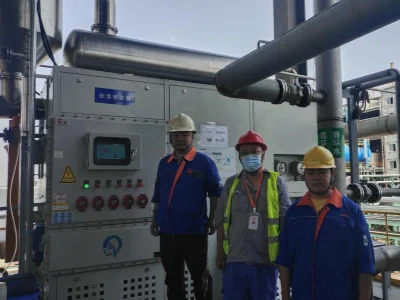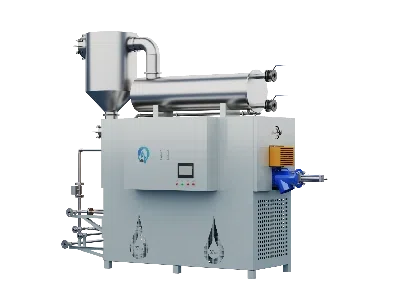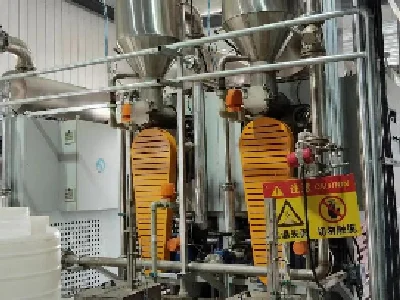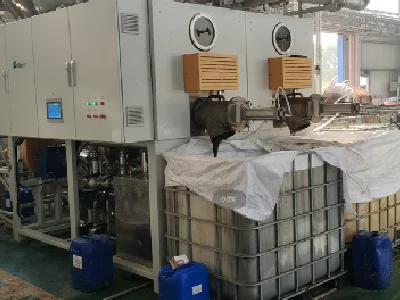High-salinity wastewater from oil/gas fields features high mineralization (4k–150k mg/L), complex ions, high COD, and pollutants like oil/solids. Treatment challenges include microbial inhibition, equipment corrosion, and tech limitations (biological adaptability, physical/chemical energy costs). Solutions: pretreatment, salt-tolerant biological processes, advanced oxidation/membranes, salt/organic recovery. Key techs: evaporation (high desalination, high energy), membranes (efficient, fouling-prone), ion exchange (selective, high regeneration cost), biological methods (eco-friendly, water-quality sensitive). Must comply with China's environmental laws and industry standards.

